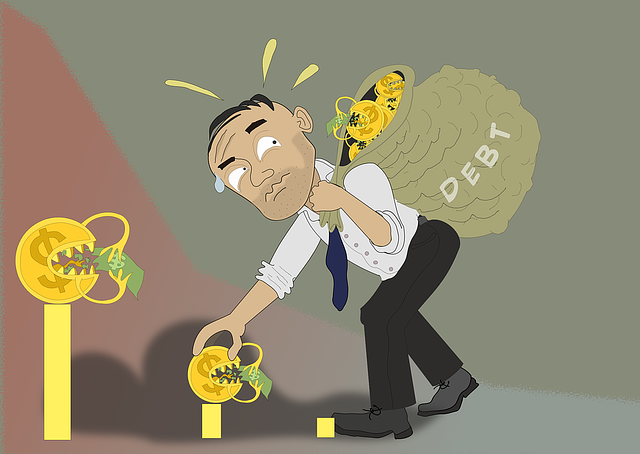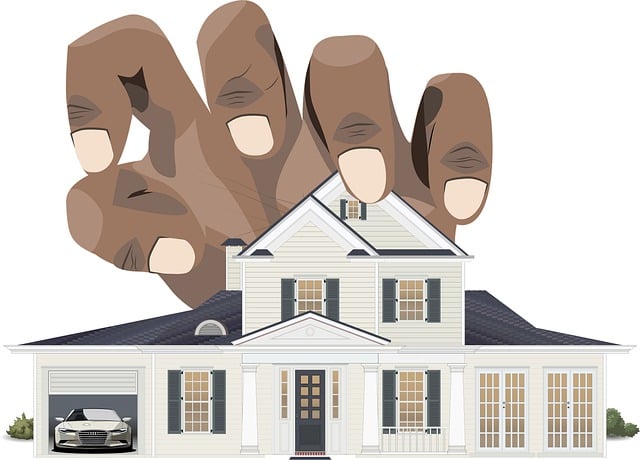Homeowner debt consolidation loans simplify high-interest home debt by combining multiple payments into one, lowering monthly costs and interest charges. Assessing financial health, comparing rates, and understanding loan types are crucial steps before applying. Efficient management involves creating a budget prioritizing loan repayment, automating payments, and regularly reviewing expenses for faster debt reduction.
Thinking of refinancing and consolidating your home debts? You’re not alone. Homeowner debt consolidation loans are a popular way to streamline payments and save money. This comprehensive guide breaks down everything you need to know. We’ll explore how understanding your financial situation, evaluating loan options, and adopting effective management strategies can lead to significant savings and improved cash flow. Let’s dive in!
- Understanding Homeowner Debt Consolidation Loans
- Evaluating Your Financial Situation for Refinancing
- Exploring Different Types of Loan Options
- Strategies to Efficiently Manage Consolidated Debts
Understanding Homeowner Debt Consolidation Loans

Homeowner Debt Consolidation Loans offer a strategic approach for managing and reducing various home-related debts. This type of loan allows borrowers to combine multiple high-interest loans, such as credit card balances, personal loans, or even existing mortgages, into a single repayment stream. By doing so, homeowners can simplify their financial obligations, potentially lower monthly payments, and save on overall interest charges.
One appealing aspect of these consolidation loans is that they often utilize the home equity as a debt solution. This means homeowners with sufficient equity in their properties can access substantial funds to pay off their debts. Despite concerns about borrowing against one’s home, refinancing mortgages to consolidate debts can be a smart financial move for those with good credit or those seeking solutions for debt consolidation loans with bad credit. It provides an opportunity to gain better control over finances and ultimately free up cash flow.
Evaluating Your Financial Situation for Refinancing

Before considering homeowner debt consolidation loans or refinancing options, it’s crucial to evaluate your current financial situation. This involves assessing your income, existing debts, and overall monetary obligations. Understanding your cash flow is key; calculate your monthly earnings and expenses to determine if there’s room for repayment adjustments. If you’re facing challenges meeting payments across multiple lenders, consolidating your homeowner debt could be a strategic move towards financial stability.
Evaluating this scenario offers insights into whether refinancing or debt consolidation aligns with your goals. Comparing interest rates, loan terms, and the potential impact on your long-term finances is essential. Remember, home equity debt consolidation can provide a more secure financing solution to pay off debts efficiently, but it’s important to weigh this against the benefits of other options like refinancing for better terms or extending repayment periods.
Exploring Different Types of Loan Options

When considering homeowner debt consolidation loans, it’s essential to explore various loan options available in today’s market. This process involves evaluating different types of loans, each with its own terms and conditions, to find the most suitable fit for your financial situation. One common option is a home equity loan or line of credit, which uses your property as collateral, often resulting in lower interest rates compared to unsecured personal loans. These options can be ideal for homeowners looking to fix poor credit due to high-interest rates and consolidate multiple debts into one manageable payment.
Additionally, homeowner financial assistance programs offered by various organizations or government bodies could provide relief from debt burdens. Understanding the eligibility criteria and benefits of each program is crucial in determining if it aligns with your needs. The debt consolidation process typically involves several steps, including assessing your current debts, calculating a budget, choosing a loan type, applying for the loan, and finally, consolidating your debts. It’s recommended to thoroughly research and compare different lenders and their offers before making a decision.
Strategies to Efficiently Manage Consolidated Debts

After successfully consolidating your home debts, it’s crucial to implement strategies that ensure efficient management. Firstly, create a detailed budget outlining fixed and variable expenses, prioritizing repayment of the consolidated loan over discretionary spending. Regularly reviewing and adjusting your budget can help you allocate extra funds towards debt repayment faster.
Additionally, consider automating payments to avoid delays or missed payments. Many homeowner debt consolidation loans offer this feature, ensuring consistent and on-time repayments. Remember that how does debt consolidation work for homes is not just about reducing interest rates; it’s also about simplifying your financial obligations. Knowing when is debt consolidation the right move can significantly improve your financial health, making it a smarter alternative to debt refinancing for homes in many cases.
Homeowner debt consolidation loans can be a powerful tool for managing and streamlining your financial obligations. By understanding the process, evaluating your unique situation, and exploring diverse loan options, you can efficiently refinance and consolidate your home debts. Implementing effective management strategies ensures a smoother journey towards financial stability and peace of mind. Remember that each step, from initial assessment to long-term planning, contributes to a successful debt consolidation experience tailored to your needs.
